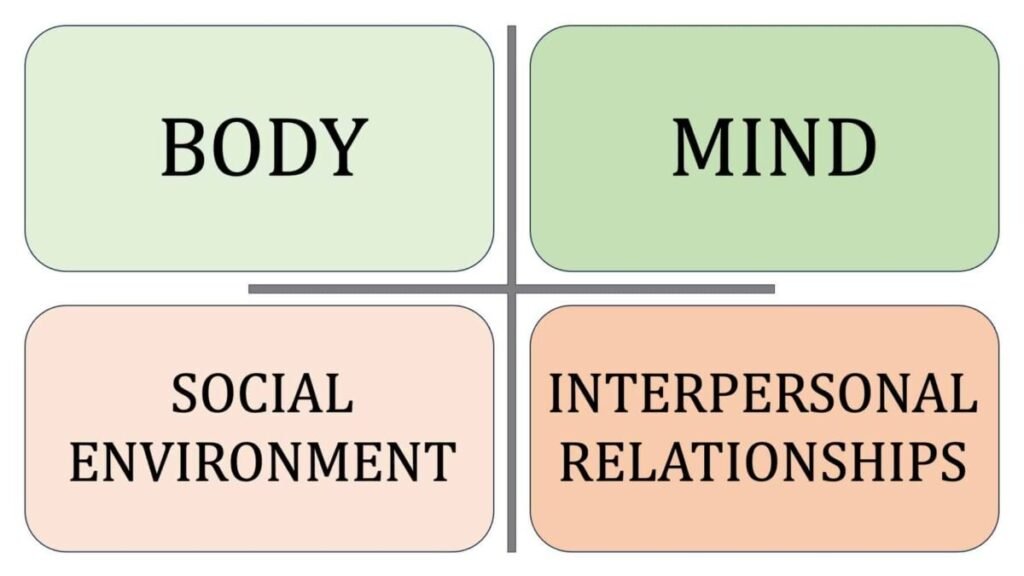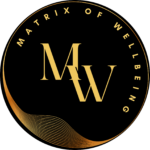Matrix of WellBeing
Matrix of WellBeing is not just a virtual mental health center. It is a comprehensive, research-based, and science-supported mental health and well-being model.
Developed alongside a clinical research project on Emotional Safeness Therapy, the model emerged from a three-year study at Akershus University Hospital in Norway, spanning from 2015 to 2018. In successive years, the Matrix was used by a group of clinicians at the psychiatric outpatient unit in Jessheim, Norway, for treatment planning. You can read more about the project here: EST-project.

The project, approved by the Norwegian Committee for Medical and Health Research Ethics, was led by clinical psychologist Stan Malicki-Bergheim. A dedicated team comprising seven clinical psychologists and a psychiatrist conducted the feasibility research. Although the Matrix of WellBeing was not the direct focus of the project, the insights gained from follow-up discussions and participant feedback contributed to the model’s conceptual development.
Matrix of WellBeing vs Emotional Safeness Therapy
Emotional Safeness Therapy for recurrent depression, tested during the trial, differs from the Matrix of WellBeing. The latter is not a clinical model per se but a general framework for understanding human well-being. It may be a valuable tool for mental health providers, but it can also be used by life coaches and individuals seeking psychological self-help or personal growth.
The Matrix
The Matrix posits that human well-being is based on four main pillars:
These pillars are graphically represented as four interconnected fields within a matrix, hence the model’s name. The interactions between these fields influence our well-being and are the model’s focus.
The four pillars are mirrored by our website’s four main blog categories.
At first glance, the Matrix relates to George Engel’s well-known biopsychosocial model of health from the 1970s. Our innovation, however, lies in a dimensional approach to the four aspects of well-being and, even more importantly, in the sub-matrixes that equip users with practical and accessible tools for change.
The processes of change in the Matrix of WellBeing
The practical application of the Matrix (and sub-matrixes) relies on two primary processes of change: Awareness and Empowerment.
Awareness
Awareness involves dual focus: (1) outward to recognize external factors and (2) inward for self-reflection. This process entails acknowledging external realities while exploring needs, drives, personal values, limitations, resources, and untapped potential.
Empowerment
Empowerment emphasizes concentrating on those aspects of reality that are potentially within our control rather than wasting time and energy on what we can’t control. This process bolsters motivation, resilience, and internal locus of control.
